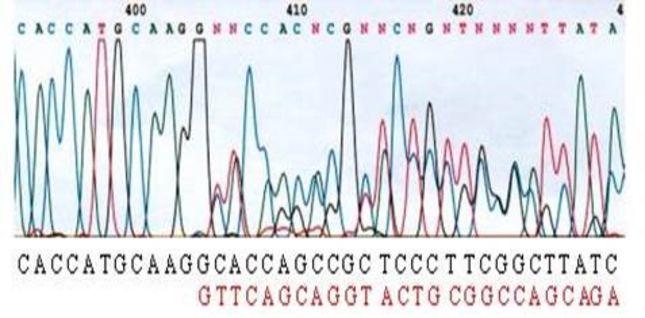Genetic Diagnostics
Genetic mutations cause Epidermolysis Bullosa and other genodermatoses. The genotype-phenotype correlation (= the relationship between the respective genetic modification and the visible manifestation of the disease symptoms) of these gene alterations affects the course of the disease and is decisive for the prognosis.
Nowadays, we use the Next-Generation-Sequencing (NGS) method for routine genetic diagnostics. This method has simplified the search for the individual disease-triggering mutation in people living with EB and has made the genetic diagnosis more precise, faster and cheaper. Although the clinical picture often provides experienced physicians with decisive indications of the EB type, accurate information about the underlying mutation(s) is particularly important for the genetic counselling of patients and their families. In severe forms of EB, affected families are offered a special type of analysis, namely prenatal diagnosis.
The elucidation of mutations for future gene therapy applications and the provision of model systems in cell culture are of great importance, however, this can only be achieved through tissue donations from affected persons and the isolation of cells for laboratory work.
In addition to using NGS for genetic diagnostics, we are increasingly using it for our research projects in the EB House. One example here is the examination of mosaicisms (mixed occurrences, several locally-delimited areas of the skin are not affected) in the skin.

Black: correct / healthy gene sequence
Red: mutated / altered gene sequence
Each letter represents one of the four bases of the DNA. These are always arranged according to a precise order in a specific gene. If there is a change in this order (or even deletion or repetition of individual sections), no / a non-functional protein is produced.

